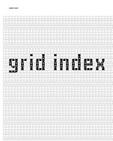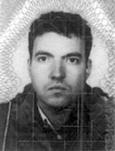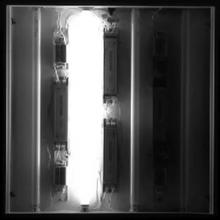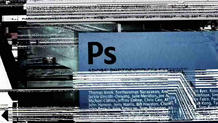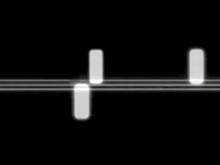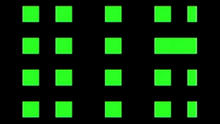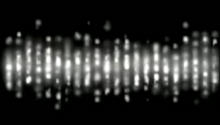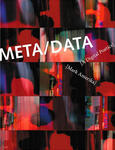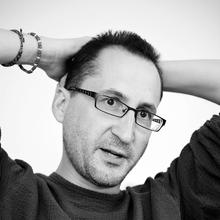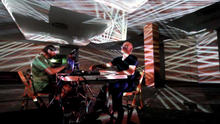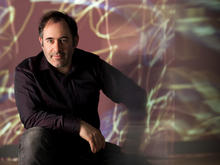Minus 60°
(2010)by Karl Kliem is a surround sound installation with synchronized florescent tubes and six speakers on tripods. One fluorescent tube is attached to each tripod.
The video shows a short excerpt of the first setup at Hafen2 in Offenbach near Frankfurt as part of the Luminale 2010 and part of the exhibition series Words & Sounds curated by Hortense Pisano.
Source: Vimeo

